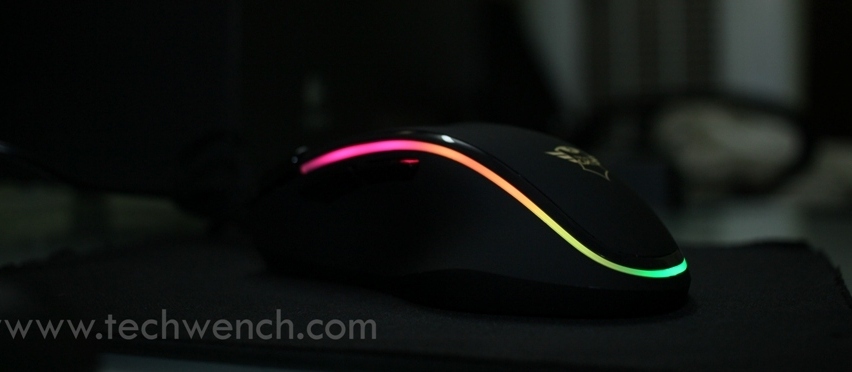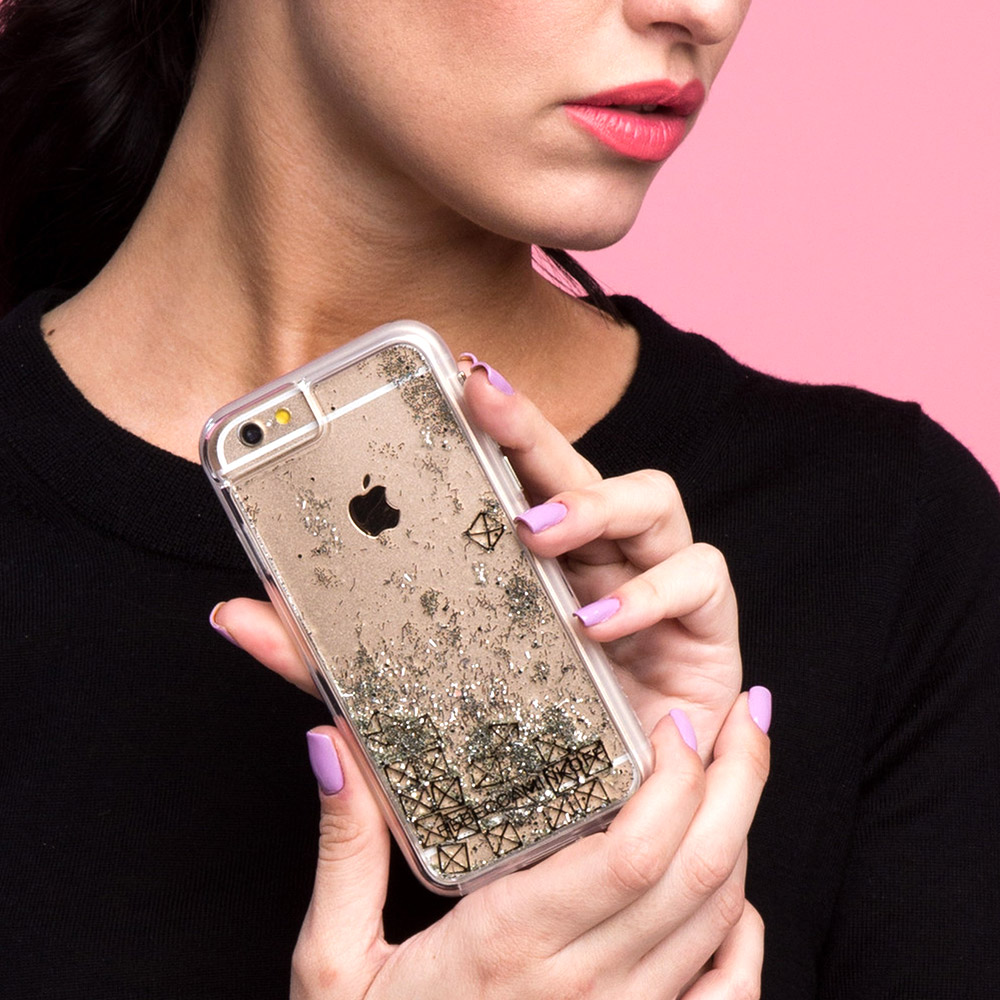
The idea that water should be filtered or purified between getting it from the ground and drinking it has been present in civilization for thousands of years. However, as the centuries have gone by and modern science has developed, the process used to judge the quality of water has become much more sophisticated. Rather than just paying attention to how clear the water looks or how good it tastes, people have developed processes to remove contaminants from the water.
Benefits of Filtering Water
- Filtered water is less likely to contain disease-causing particles, which has improved overall health in people who have access to filtered water.
- Filtered water is clearer and tastes better than most ground water, even though these are not necessarily measures of whether or not water is safe to drink.
- Many contaminants in water are not harmful in small quantities, but they build up in the body over time because people don’t have ways to get rid of them. Removing these contaminants helps avoid significant health problems in the future.
Large-Scale Filtration Operations
Municipal areas in the United States generally have large-scale filtration operations to bring water within safe limits before selling it to residents through the city or town’s water system. These filtration operations include several steps to remove contaminants from the water:
- Coagulation brings together particles suspended in the water by adding alum, which attracts dirt and other substances.
- Sedimentation is a process in which water sits long enough for the heavy particles to settle out to the bottom, and the clear water on top moves on to the next stage.
- Filtration removes more small particles from the water by passing it through filters of gravel, sand, charcoal and other materials.
- Disinfection kills many types of bacteria that remain in the water by adding chlorine or other chemicals that are safe to drink in small quantities.
In-Home Filtration Devices
Because many people are not satisfied with the quality of the municipal water, in-home filtration devices have become popular as a way to filter tap water even more. This allows people to get higher-quality water in their own homes without having to go out and buy bottled water on a regular basis. There are many types of water filters, including ones that are mounted on faucets, units that go under the sink, countertop filtration systems, pitchers with filters and refrigerator water filters.
With all types of home filters, it’s important to stay up to date with maintenance to make sure the filters are still doing their jobs. Once the filter is full of the harmful particles it’s supposed to be filtering out of the water, it can no longer remove any more. Many countertop filters need to be replaced every two months, whereas refrigerator filters typically need to be replaced every six months. It’s important to choose the right type of filter to make sure it’s removing the particles you want to get out of the water.
The Future of Water Filtration
In the future, we can expect to see more advanced technology used in the process of water filtration. Scientists and researchers continue to investigate what substances in water are good for people, and which ones are best to remove. In addition, there will be more sophisticated filters that can better remove harmful substances while leaving the good ones. It’s important to replace filters frequently.
Water filtration will also become more global in the future in an effort to bring clean drinking water to people who don’t have access to safe water. Powerful, portable filters can provide drinking water for whole villages and prevent the spread of waterborne diseases and illnesses. As the technology becomes less expensive, wealthier nations, organizations and individuals will be able to give filtration systems to people who don’t have access to one, helping prevent unnecessary deaths and reduce the number of health care problems facing people in developing countries.










Comments